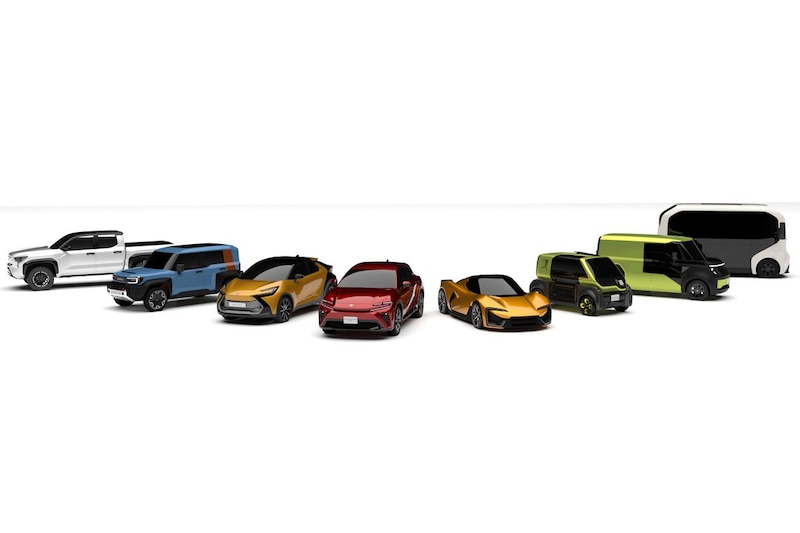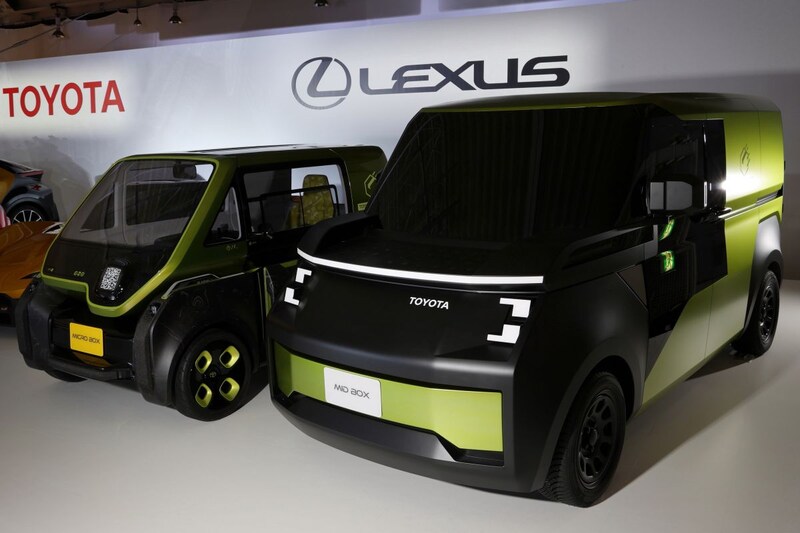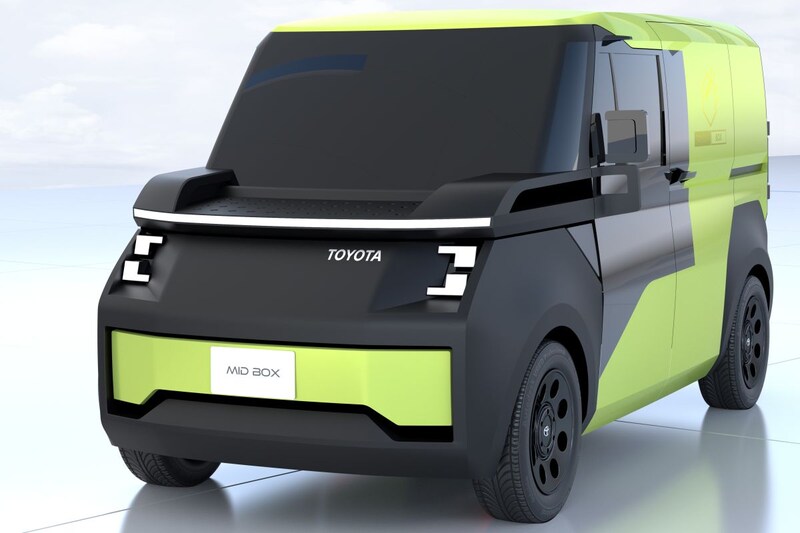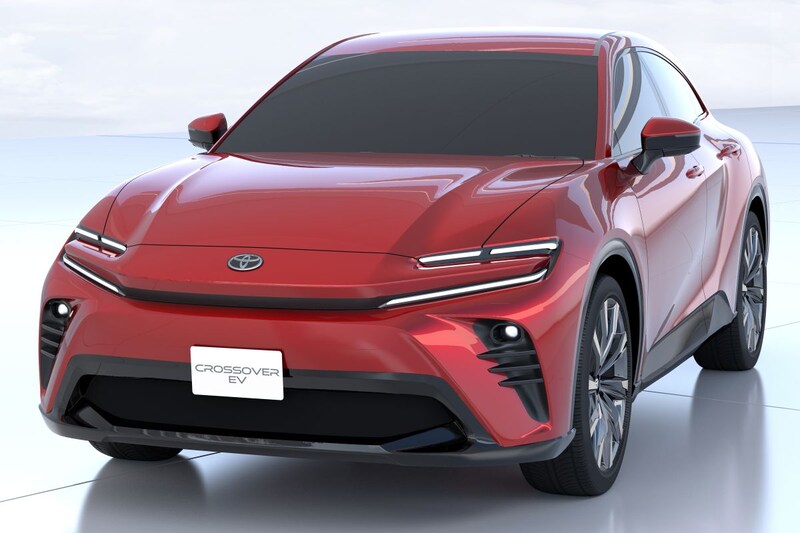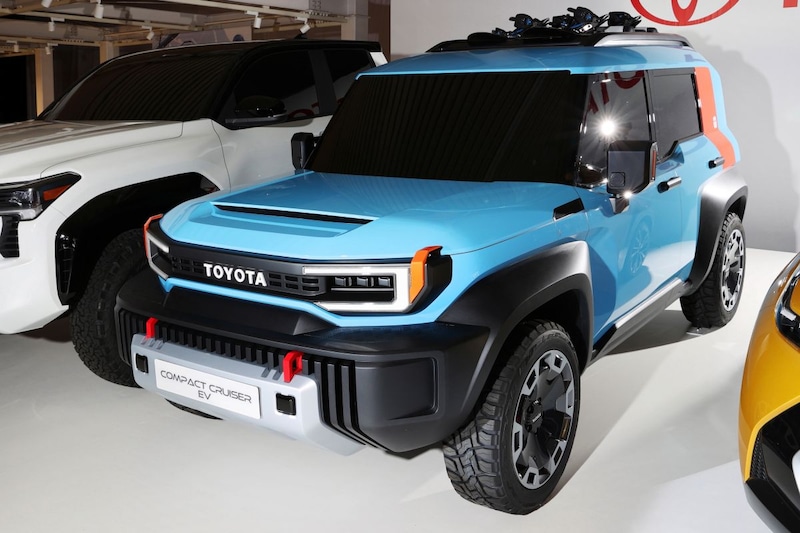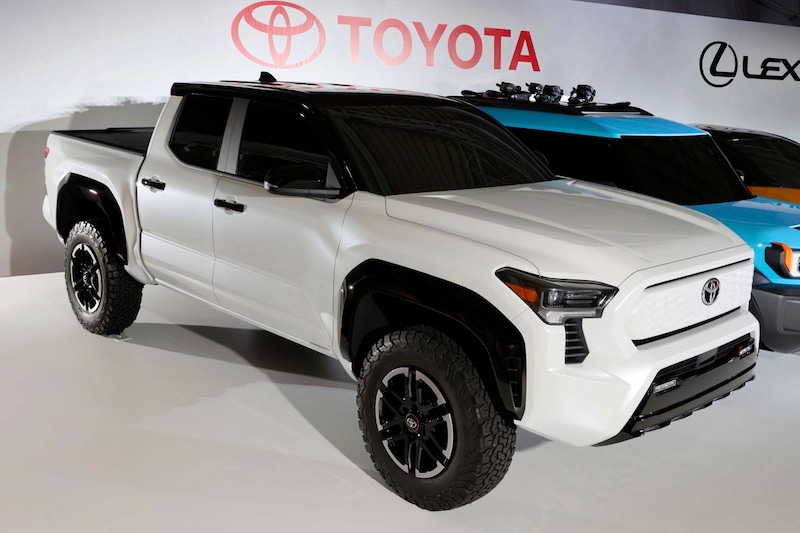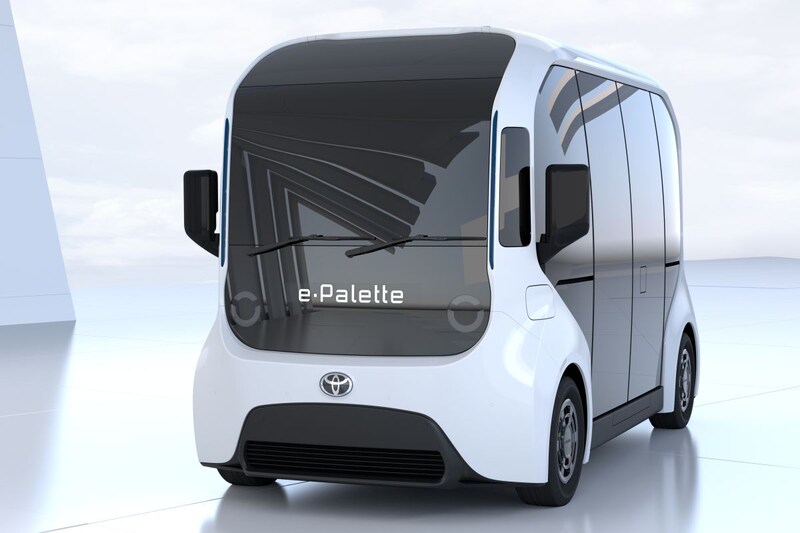Toyota is opening a huge can of electric news today. After the previous EVs from the bZ series and four EVs from Lexus, it is now time for the last and largest series of electric visions of the future. In many cases, it is actually quite specific.
Is this what you get when virtually all auto shows are canceled two years in a row? Perhaps, because we don’t really know how else to explain the enormous flow of Toyota news. Where many a competitor devotes fifteen messages to the step-by-step unveiling of one car, Toyota opens a can of fifteen newcomers in one fell swoop. In most cases these are still concept cars, but earlier today we concluded that they often look production-ready.
The most important news for the Toyota brand is of course the bZ series, a series of EVs on a purpose-built e-TNGA platform. So those are the cars that have been developed purely as EVs and will only appear on the market as EVs. However, Toyota also wants to carry electric versions of models that are also available with a combustion engine, whether or not in hybrid form. These EVs, which Toyota refers to as the “miscellaneous EVs,” are the cars we’ll cover in this post.
Seven pieces
As with the bZ models and the Lexus plans, the goal here is to offer the widest possible range to the widest possible global audience. In the case of Toyota, it is difficult to overestimate, because this brand is active almost everywhere and is large almost everywhere. In total we see eight models in this category. However, we are already familiar with the autonomous E-Palette bus, bringing the total to seven. Still very impressive. Unfortunately Toyota is not very generous with information. We therefore make do with what we see, and that is at most a handful of photos per car.
box
The Mid Box and Micro Box, both in green and gray, seem the least realistic. The futuristic-looking ‘boxes’ offer as much space as possible and the widest possible usability and, in the event of a production version, seem particularly suitable for the Japanese market. The red ‘Crossover EV’ (that’s what it’s really called) is a lot more realistic. In fact, in a street full of EV6s and Ioniq 5s, the car would hardly stand out. It is a smooth-lined, relatively low crossover that would certainly fit into the European range, perhaps just below the bZ4X.
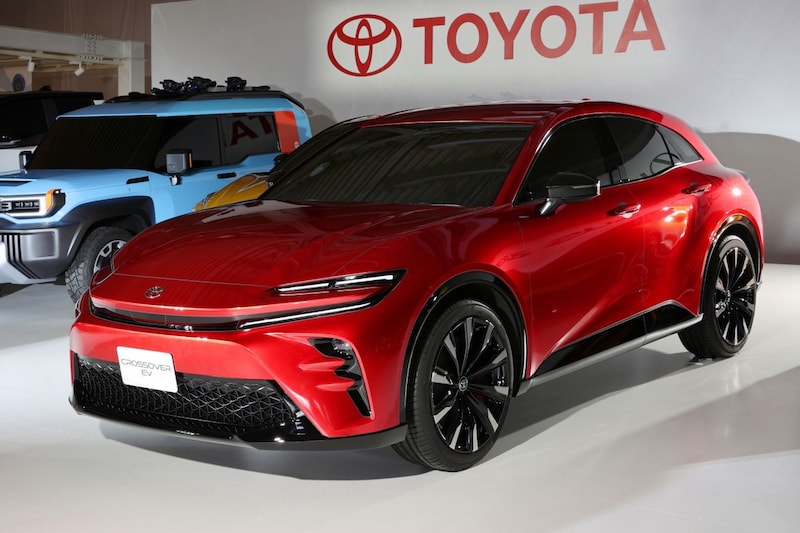
Crossover EV
family face
One step lower on the ladder we find the Small SUEV. That’s a seriously compact crossover, sized C-HR or even Yaris Cross. It shares the basic front design with the Crossover EV, so expect the C-shaped daytime running lights and headlights hidden in the bumper to make it to the production stage at Toyota.
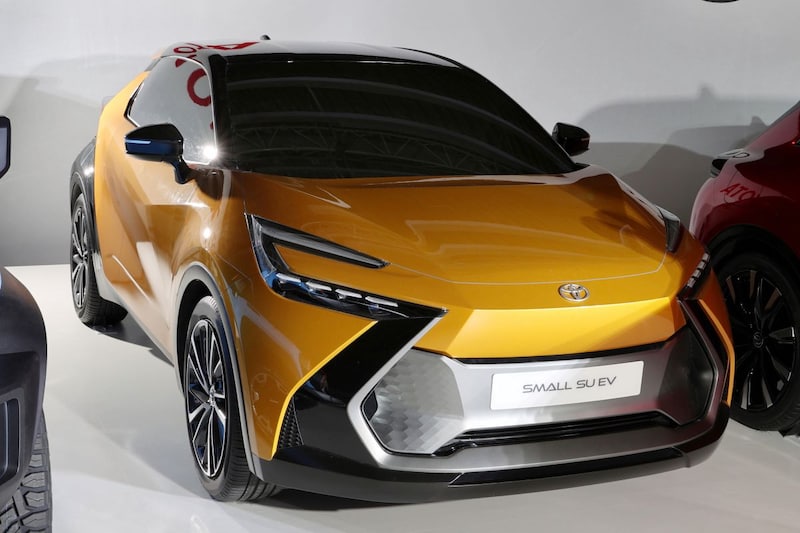
small SUEV
The Compact Cruiser EV is very nice. With this blue/orange car, Toyota is building on its reputation as the builder of the most indestructible off-road executioners, although this Compact Cruiser looks rather endearing. It’s a bit more futuristic than the Crossover EV and Small SUEV, but could be quite successful in the US and Europe in a slightly modified form.
Electric Pickup
The Pickup EV seems a bit more production-ready. In fact, this looks like nothing more than a Tacoma with an electric powertrain, including the closed grille. Toyota would probably do well to introduce this model to the American market as soon as possible, because manufacturers fight each other when it comes to electric ‘trucks’. If Toyota’s first electric pickup is indeed based on the Tacoma, it will be a size smaller and probably cheaper than Ford’s F-150 Lightning.
Sports EV
The sporty highlight is the Sports EV. This Alfa 4C-like car has a real targa roof and looks like a mid-engine sports car, although there is of course at most an electric motor behind the front seats. According to Toyota, this is the car that ensures that ‘also car enthusiasts like Akio Toyoda’ (the big boss, ed.) are not disappointed.
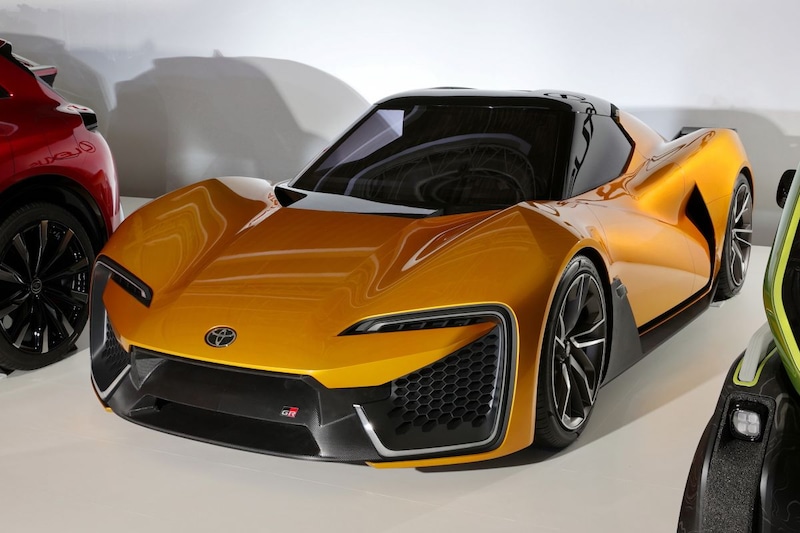
Sports EV
More investments
The suspicion that many of the proposed cars are already quite ready for production is confirmed by Toyota. The brand states that most of these cars will be introduced “in the coming years”. That is also necessary, because the brand has serious EV plans. It will increase the development budget for battery technology announced in September from 1.5 trillion yen to 2 trillion yen, or 15.8 billion euros. By 2030, 3.5 million Toyota electric products should be sold annually.

Today’s complete range: 17 cars, 15 of which are genuine news.
At the same time, the Japanese maintain their position that the pure EV is not the solution for every region for the time being. Akio Toyoda takes the US as an example. The EV is well deployable there on the east and west coasts and is also becoming increasingly popular, but in the middle of the immense country it is different. The distances are great there and a good charging infrastructure will take some time there, thinks the Japanese CEO. That is why Toyota will continue to focus on a diverse range for the time being, in which the EV will play an increasingly important role. That is clearer than ever after today.
– Thanks for information from Autoweek.nl
